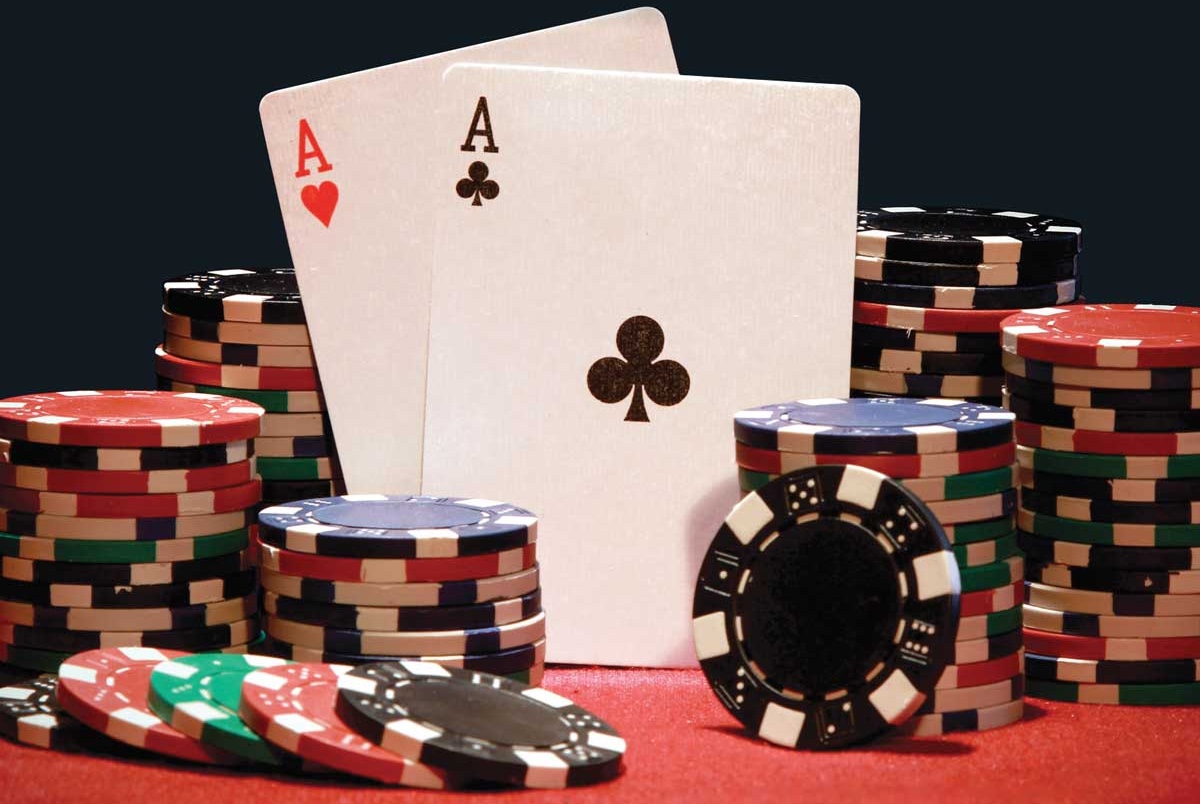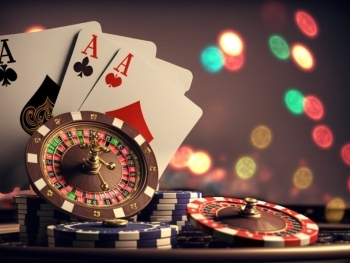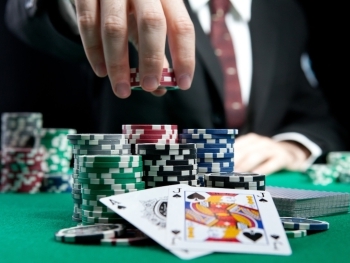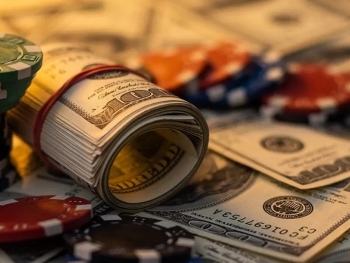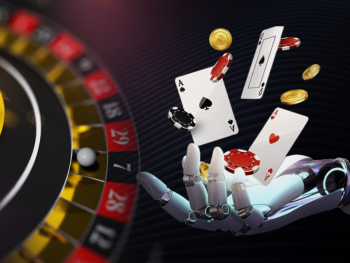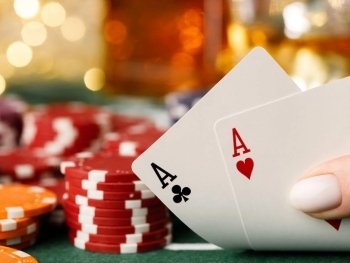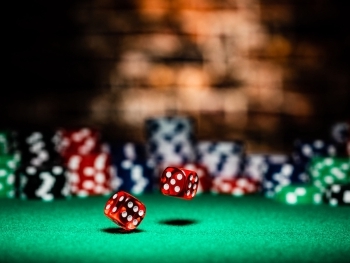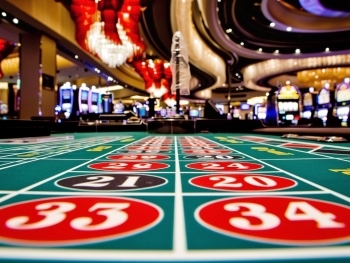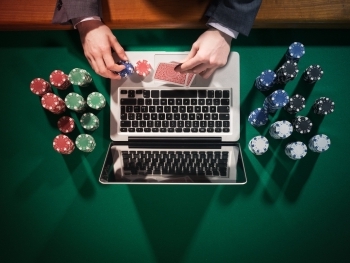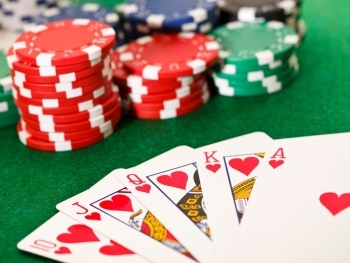Poker is often called a game of skill disguised as luck. While mastering probabilities, hand rankings, and betting strategies is essential, the psychological aspect of the game is just as—if not more—important. Bluffing is one of the most powerful tools in a poker player’s arsenal, allowing a player with a weak hand to win against stronger hands through deception and psychological manipulation. But what makes a great bluff, and how can players refine their ability to execute and detect them?
In this article, we’ll explore the science of bluffing, the psychology behind it, and techniques to improve your bluffing skills while learning to identify when opponents are trying to deceive you.
Understanding Bluffing in Poker
At its core, bluffing is the act of making a bet or raise with a weak or mediocre hand to convince opponents that you hold a stronger hand. The goal is to force them to fold, even when they might have the best cards. Bluffing is a form of psychological warfare, leveraging human tendencies, fear, and uncertainty.
However, bluffing is not just about randomly betting aggressively with weak hands. Successful bluffing requires a deep understanding of game dynamics, opponent tendencies, and table image.
The Two Main Types of Bluffs
- Pure Bluff (Total Bluff)
A pure bluff is when you bet or raise with a completely worthless hand, hoping your opponent will fold. This type of bluff is high risk because if called, you have almost no chance of winning. - Semi-Bluff
A semi-bluff is when you bet with a weak hand that still has potential to improve. For example, if you hold a flush draw or straight draw, you are semi-bluffing because even if your opponent calls, you may still complete your hand on the next street. Semi-bluffing is less risky than a pure bluff because you have outs that can turn your weak hand into a strong one.
The Psychology Behind Bluffing
Bluffing works because poker is a game of incomplete information. Players make decisions based on their perception of their opponent’s hand, which is shaped by betting behavior, past actions, and psychological factors. Understanding human psychology is crucial in mastering the art of bluffing.
1. Fear of Loss
Many players have a natural aversion to risk, making them hesitant to call large bets unless they have a strong hand. Exploiting this fear can make your bluffs more effective, especially against tight players who are cautious.
2. Cognitive Biases
- Confirmation Bias: Players tend to look for evidence that supports their assumptions. If an opponent already suspects you have a strong hand, they may subconsciously ignore signs that you are bluffing.
- Recency Bias: Players give more weight to recent hands. If you recently showed a strong hand, opponents may assume you are strong again, making them more likely to fold to a bluff.
3. Emotional Influence
- Players on tilt (frustrated after losing hands) are more likely to call bluffs out of anger or desperation.
- Overconfident players might try to "hero call" a bluff, believing they can outplay you.
How to Execute a Successful Bluff
1. Consider Your Opponent
Different types of players react to bluffs in different ways. Tight players (who only play strong hands) are more likely to fold to a bluff, whereas loose players (who play many hands) are more likely to call. Target your bluffs against players who are capable of folding.
2. Table Image and History
Your table image affects how opponents perceive your bets. If you have been playing tight and only showing strong hands, a well-timed bluff is more likely to succeed. Conversely, if you've been caught bluffing multiple times, opponents will be more inclined to call you down.
3. Bet Sizing and Storytelling
A successful bluff needs to tell a convincing story. If you suddenly make a large, out-of-character bet, opponents may suspect a bluff. Instead, ensure your betting pattern is consistent with how you would play a strong hand.
- Small bets may not be intimidating enough to force a fold.
- Overly large bets may arouse suspicion.
- A well-balanced bet size should put pressure on your opponent without looking unnatural.
4. Position and Timing
Bluffing is more effective from a late position when you have more information about your opponents' actions. If everyone has checked, it is easier to represent strength with a well-timed bet.
Timing also plays a role. Quick bets may seem unnatural, while overly long hesitations can be suspicious. A well-timed, confidently executed bluff is more likely to succeed.
5. Mix Up Your Playstyle
If you bluff too often, opponents will adjust by calling more frequently. If you never bluff, your bets will only get called when you have strong hands, making it hard to extract value. The key is to maintain an unpredictable strategy by mixing in occasional bluffs.
Detecting Bluffs and Defending Against Them
Just as you learn to bluff effectively, you also need to recognize when opponents are bluffing. Here are some key ways to detect a bluff:
1. Inconsistent Storytelling
If an opponent's bet sizes or betting sequence don't make sense based on the hand they are trying to represent, they may be bluffing.
2. Body Language and Tells
Physical and behavioral cues can reveal when a player is bluffing. Some common tells include:
- Sudden changes in breathing or pulse rate
- Fidgeting or avoiding eye contact
- Overly rigid posture (trying too hard to appear calm)
- Overcompensating with excessive talking or acting strong
3. Bet Sizing Patterns
Some players have predictable betting habits when bluffing versus when they have strong hands. Recognizing these patterns can help you make the right call.
4. Check-Raise Traps
If an opponent who usually checks suddenly raises aggressively, it may be a sign of a bluff. However, skilled players also use this technique with strong hands, so context is key.
5. Previous Showdowns
Paying attention to hands that went to showdown can reveal how often a player bluffs. If an opponent has been caught bluffing multiple times, you can call them down more aggressively in the future.
The Risks of Bluffing
Bluffing is a double-edged sword. When successful, it can win pots and build an intimidating table image. However, frequent bluffing can lead to disaster if opponents catch on. Some risks include:
- Losing credibility: If you are caught bluffing often, opponents will call you more, making future bluffs ineffective.
- Big chip losses: Bluffing too often can quickly deplete your stack, especially if opponents call with marginal hands.
- Emotional tilt: Failing a bluff can be frustrating and lead to poor decision-making in subsequent hands.
Bluffing is one of the most exciting and sophisticated aspects of poker. It requires a deep understanding of human psychology, strategic execution, and the ability to read opponents accurately. Mastering bluffing involves knowing when to use it, against whom, and how to balance it with solid fundamental play.
By refining your ability to bluff successfully while also learning to detect bluffs, you can elevate your poker game to the next level. Whether you're playing in a high-stakes tournament or a casual home game, the art of deception is what separates average players from true poker masters.
